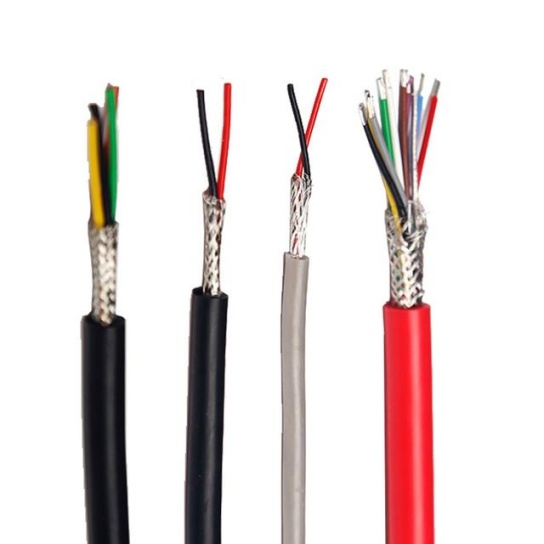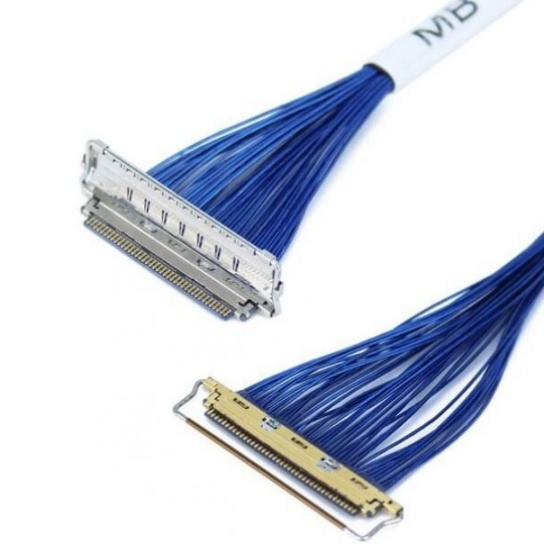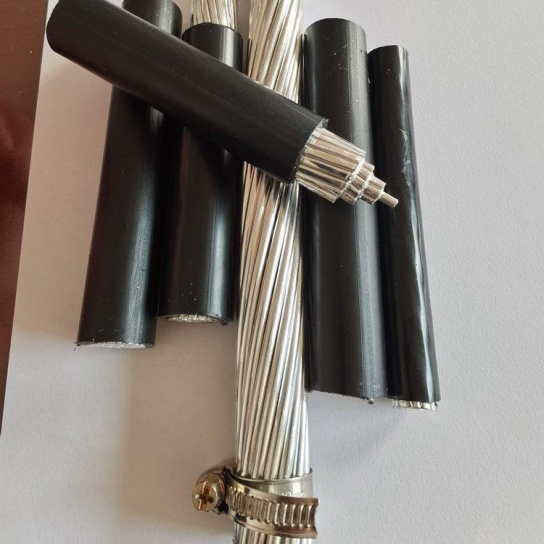Sky-High Strength Takes Root: Wind Turbines Soar with Aviation Cable Tech
The relentless pursuit of more powerful, reliable, and longer-lasting wind energy has led engineers to look upwards – literally. Turbine manufacturers are increasingly turning to a surprising source for breakthroughs in durability: aviation cable technology. This strategic “borrowing” promises wind farms significantly enhanced resilience, particularly in the harsh, demanding environments where they operate best.
Wind turbines are technological marvels, but they endure brutal conditions. Inside the nacelle atop soaring towers, and snaking through the length of massive blades, electrical cables face:
- Extreme Temperatures: Fluctuating from freezing cold to scorching heat.
- Constant Vibration: From blade rotation and gearbox operation.
- Flexing and Twisting: Especially critical within flexing turbine blades.
- Chemical Exposure: Oils, lubricants, and environmental contaminants.
- High Voltage Stresses: Transmitting generated power down the tower.
Standard industrial or energy cables, over time, struggle against this relentless onslaught. Insulation can crack and harden, conductors fatigue, and connections loosen – leading to signal interference, power transmission inefficiencies, component failures, and costly, potentially hazardous downtime.
This is where aviation cable technology steps in. Designed explicitly to withstand the punishing demands of aerospace applications – where failure is never an option – these cables offer unique advantages:
- Superior Abrasion Resistance: Advanced insulation and jacketing materials resist wear even when constantly rubbing against guides or other cables within confined turbine spaces.
- Exceptional Flex Life: Specially engineered conductors and configurations maintain integrity through millions of bending cycles, crucial for cables inside moving blades.
- Enhanced Chemical & Fluid Resistance: Robust materials withstand exposure to oils, fuels (used in some hydraulic systems), de-icing fluids, and salty marine atmospheres common in offshore farms.
- Wider Operational Temperature Range: Materials remain flexible and functional from deep sub-zero temperatures to high heat extremes.
- Advanced EMI/RFI Shielding: Critical for protecting sensitive control and sensor signals from electromagnetic interference generated within the nacelle and by nearby turbines.
- High Voltage Capability: Aerospace-grade insulation systems are readily adapted for the demanding medium-voltage applications within modern turbines.
The impact of this technology transfer is tangible:
- Reduced Downtime: Fewer cable-related failures translate directly into more consistent energy production and higher farm revenue.
- Extended Turbine Lifespan: More durable cables contribute to lowering the lifetime operational costs and extending the viable operating life of multi-million-dollar turbine assets, particularly vital for offshore installations where access is difficult and expensive.
- Lower Maintenance Costs: Robust cables mean fewer replacements and less frequent inspections required, significantly reducing maintenance budgets over the turbine’s lifecycle.
- Improved Reliability & Safety: Enhanced resistance to vibration, flexing, and environmental stress provides greater operational certainty and reduces fire or electrical safety risks.
“The operational parallels between aircraft environments and modern wind turbines are striking,” explains Dr. Sarah Chen, Lead Materials Engineer at a major turbine OEM. “Adopting the rigorous testing standards and material science developed for flight-critical systems allows us to push turbine reliability boundaries further than ever before. We’re especially focused on leveraging lighter weight, high-flex solutions for blade-integrated sensors and power systems.” Research firm DNV estimates that incorporating aviation-grade durability standards into wind farm components could improve overall farm operational efficiency by several percentage points over a 20-year lifespan – representing billions in potential value across the global fleet.
The integration isn’t just limited to power transfer. The highly sophisticated sensor networks within modern turbines – monitoring blade stress, vibration, temperature, and more – rely critically on reliable signal cables. Aviation-grade data cables, with their superior EMI shielding and flex endurance, are becoming indispensable for ensuring the accuracy and integrity of this vital operational data in increasingly complex turbine control systems.
As wind turbines grow taller to capture stronger winds and blades become longer and more flexible, the mechanical stresses on internal systems escalate. Simultaneously, the push towards larger, more remote offshore wind farms creates an even greater imperative for ultra-reliable, maintenance-minimizing components. Aerospace-derived cable technology provides a proven, high-performance pathway to meet these escalating demands. Leading manufacturers like Vestas and Siemens Gamesa now routinely specify aviation-grade cables or cable construction principles for critical high-stress pathways within their latest turbine platforms.
This migration of sky-high standards is grounding itself firmly in the renewable energy landscape. By borrowing the resilience engineered for the skies, wind turbines are gaining a powerful new layer of durability, promising cleaner energy harvests with greater efficiency and longevity. As this technology adoption matures, it paves the way for turbines capable of operating reliably in ever more extreme locations, maximizing their contribution to a sustainable energy future.






